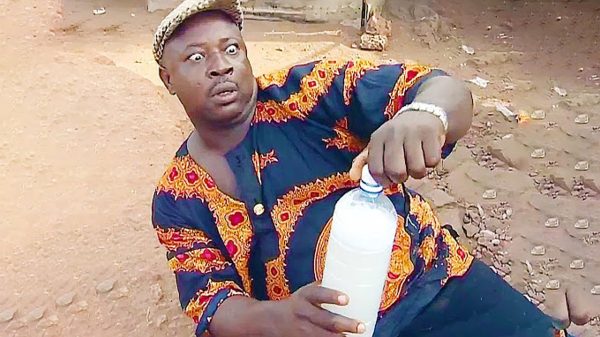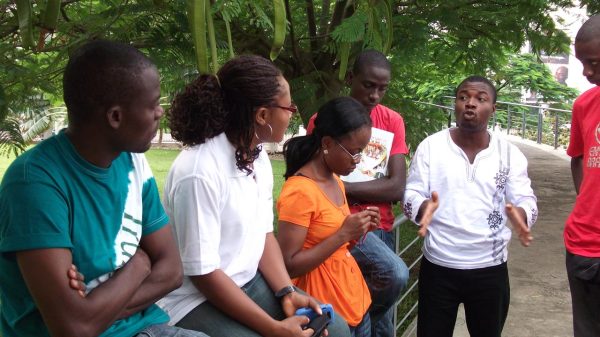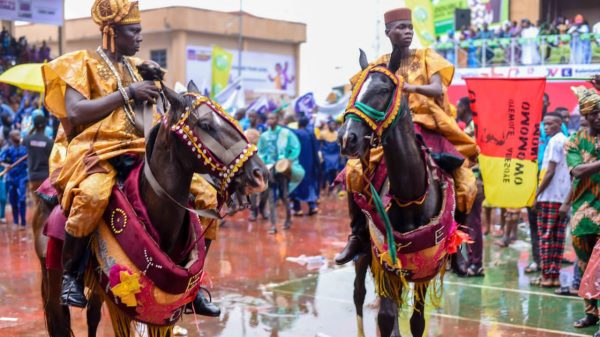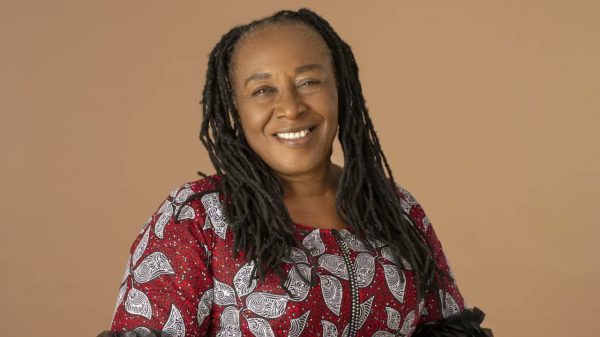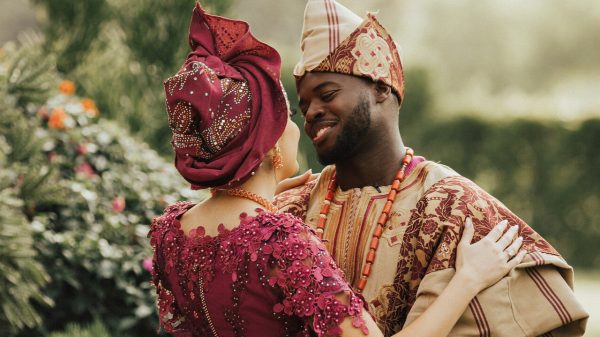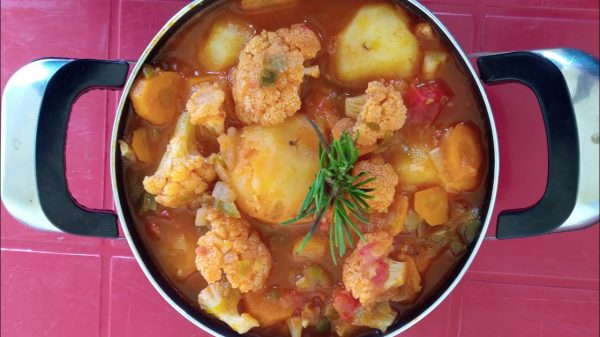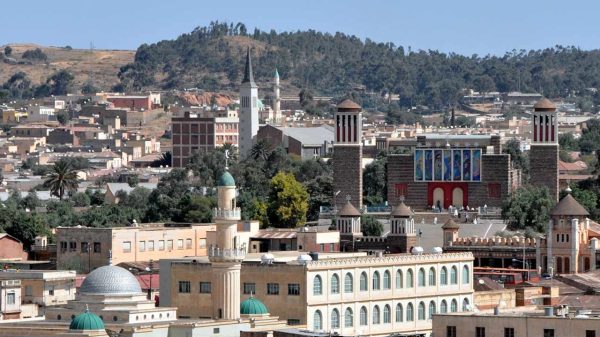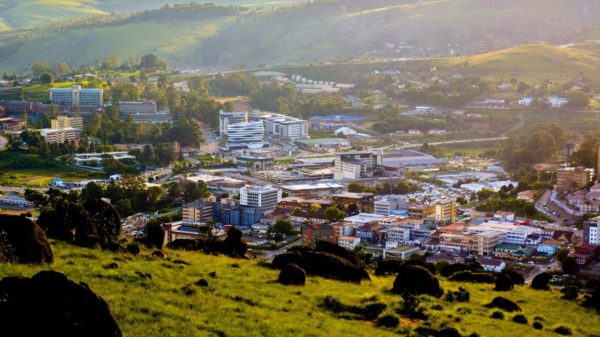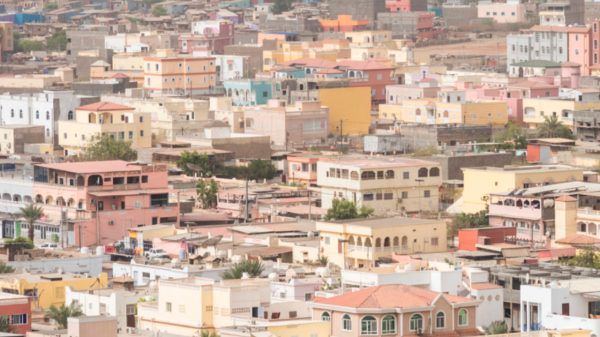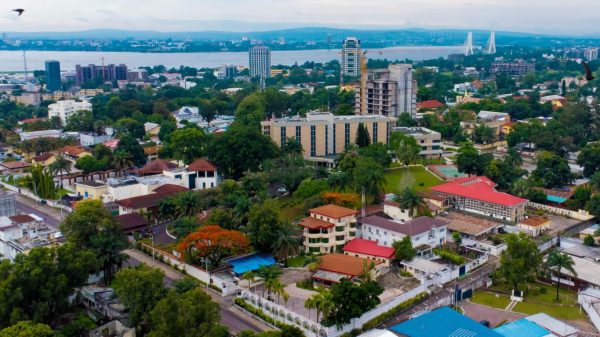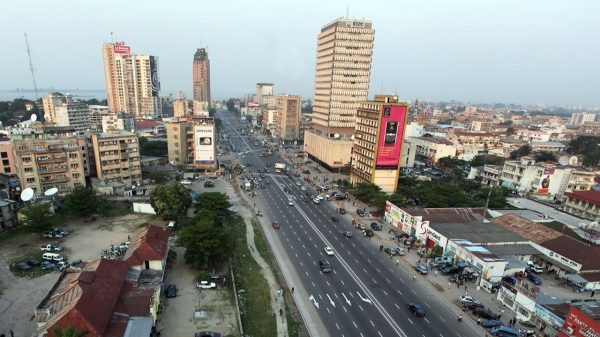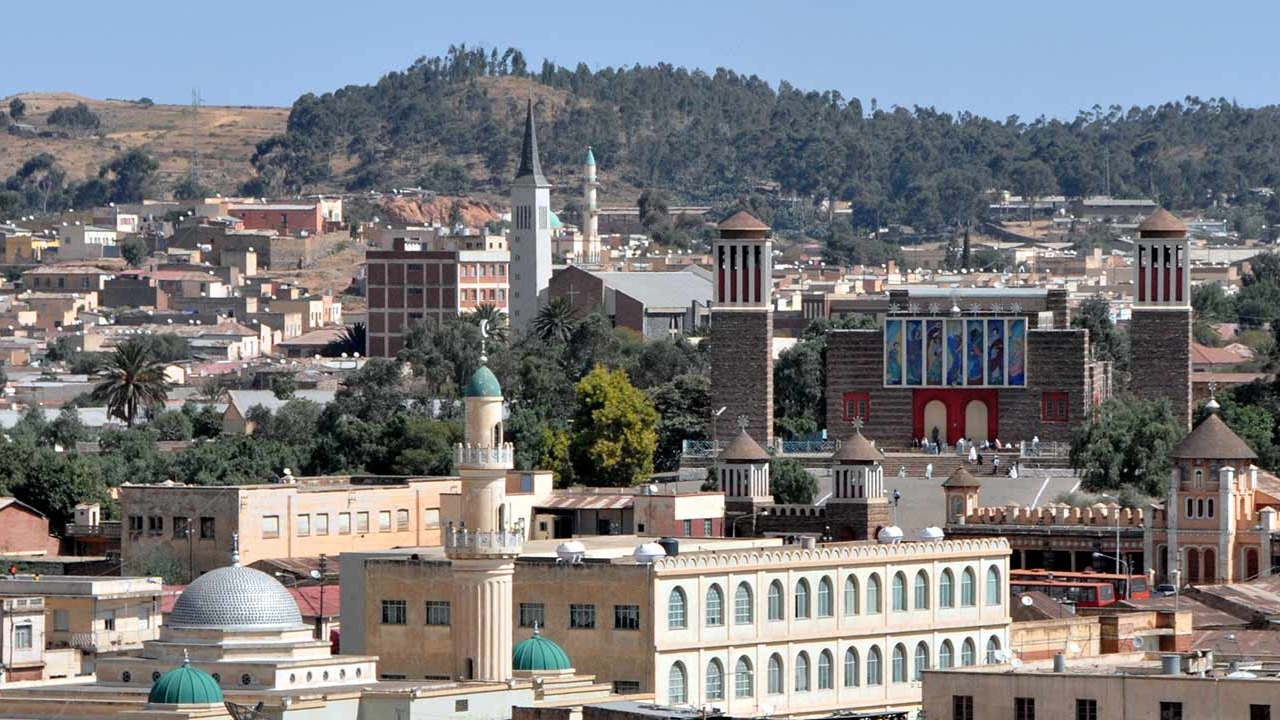Eritrea, located in the Horn of Africa, is a nation with a complex history and a rich cultural heritage.
Often overlooked in discussions about Africa, its unique blend of African and European influences, coupled with its strategic location along the Red Sea, makes it a country worth exploring. From its modernist architecture in Asmara to its diverse ethnic groups and languages, Eritrea offers a tapestry of experiences that reflect its resilience and diversity. This article delves into ten intriguing aspects of Eritrea that many might not be aware of, shedding light on the nation’s multifaceted identity.
1. Asmara: A Living Museum of Modernist Architecture
Asmara, Eritrea’s capital, stands as a testament to Italian colonial influence, boasting a plethora of modernist architectural marvels. During the Italian occupation in the early 20th century, architects transformed Asmara into a showcase of futuristic designs, earning it the nickname “La Piccola Roma” or “Little Rome.” Today, structures like the Fiat Tagliero Building, with its airplane-inspired design, and the Cinema Impero, a pristine example of Art Deco, captivate visitors and historians alike. In recognition of its architectural significance, UNESCO designated Asmara as a World Heritage Site in 2017, preserving its unique urban landscape for future generations.
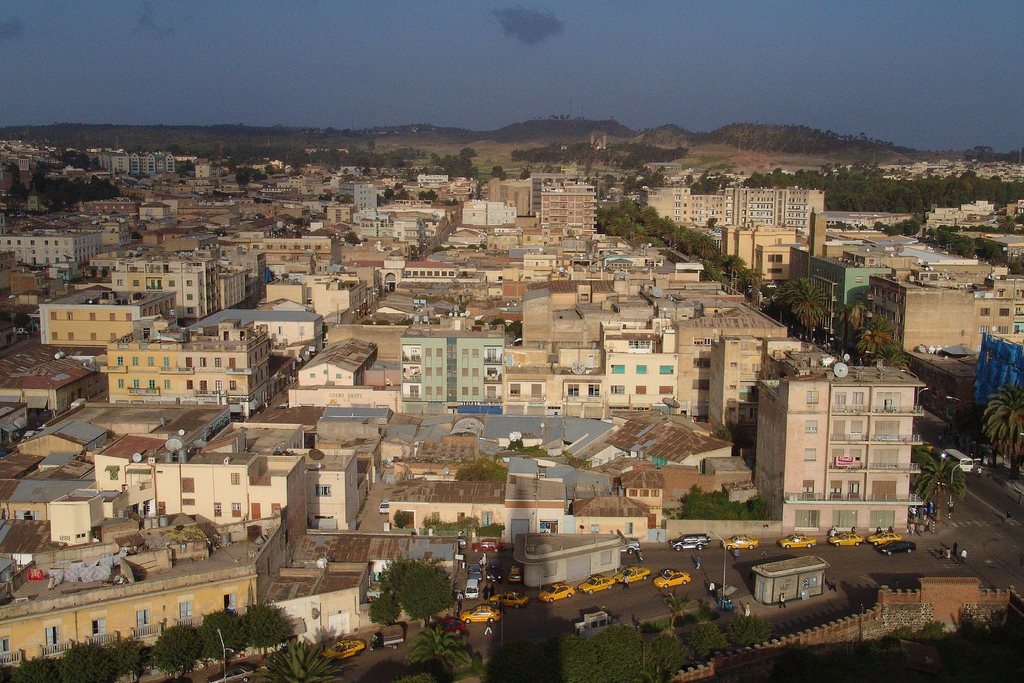
2. A Nation Without a Constitution or Elections
Since gaining independence in 1993, Eritrea has operated without a ratified constitution or national elections. President Isaias Afwerki, the nation’s only leader since independence, governs without formal checks and balances. The absence of democratic institutions has led to widespread human rights concerns, including arbitrary detentions and suppression of dissent. International organizations have frequently criticized Eritrea’s governance, drawing parallels to other authoritarian regimes. Despite these challenges, the government maintains that its approach ensures national unity and stability.
3. Indefinite National Service: A Controversial Policy
Eritrea mandates national service for all citizens, a policy initially intended to last 18 months. However, in practice, many Eritreans find themselves conscripted indefinitely, serving in military or civil capacities for years without clear end dates. This prolonged conscription has been likened to forced labor by human rights organizations and is a primary driver of emigration, especially among the youth. The government’s stance is that extended service is essential for nation-building and defense, given the country’s tumultuous history and regional tensions.
4. The Nabro Volcano: A Dormant Giant Awakens
In 2011, the Nabro volcano in Eritrea’s Southern Red Sea region erupted unexpectedly, marking its first recorded eruption. The eruption released vast amounts of ash and sulfur dioxide, affecting air travel and local communities. Given the region’s limited monitoring infrastructure, the eruption caught many by surprise, highlighting the need for improved geological surveillance. The event also underscored Eritrea’s position within the geologically active East African Rift system, where tectonic movements continually reshape the landscape.
5. Cycling: A National Passion
Cycling holds a special place in Eritrean culture, a legacy of Italian colonial influence. The sport is not just a pastime but a source of national pride. Eritrean cyclists have made significant strides on the international stage, with figures like Biniam Girmay achieving historic victories. Girmay’s win at the 2024 Tour de France, where he secured the green jersey, ignited celebrations across the nation, offering a rare moment of unity and joy in a country often characterized by its challenges.
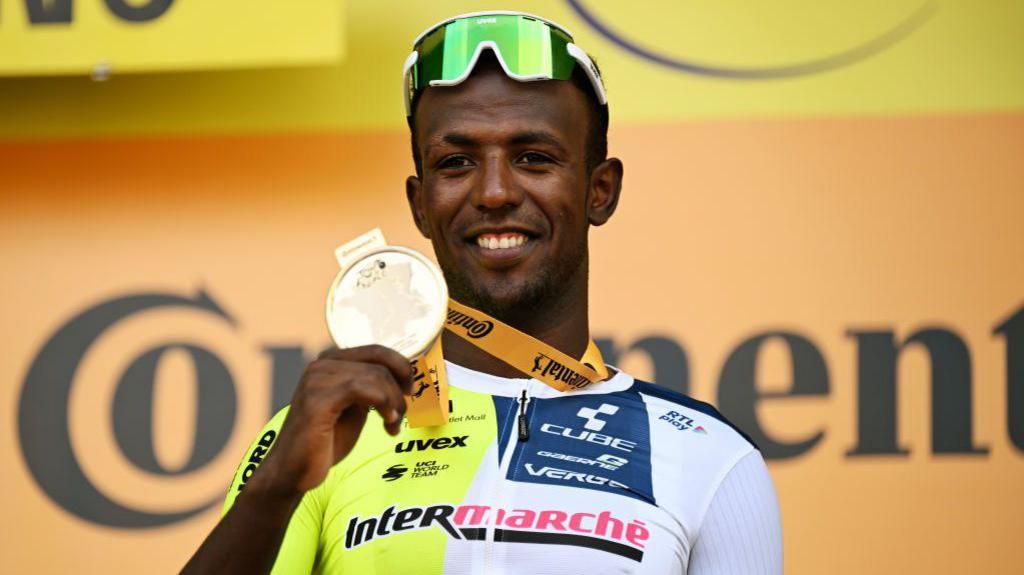
6. A Tapestry of Languages and Ethnicities
Eritrea is home to nine recognized ethnic groups, each with its own language and cultural traditions. Tigrinya, Tigre, and Arabic are among the most widely spoken languages, reflecting the nation’s diverse heritage. This mosaic of cultures contributes to Eritrea’s rich social fabric, influencing everything from cuisine to music. However, the government promotes a policy of unity, emphasizing national identity over ethnic distinctions, which has led to debates about cultural preservation and representation.
7. Religious Landscape: Unity Amid Diversity
Eritrea’s religious composition primarily includes Christianity and Islam, with the Eritrean Orthodox Tewahedo Church and Sunni Islam being the predominant denominations. The government officially recognizes only four religious groups, and unregistered religious practices are often suppressed. Despite these restrictions, religious festivals and traditions play a vital role in community life, fostering a sense of unity and shared identity among Eritreans.
8. Strategic Red Sea Coastline
Eritrea’s coastline stretches over 1,200 kilometers along the Red Sea, granting it significant strategic importance. The Dahlak Archipelago, a group of over 100 islands, lies off its coast, rich in marine biodiversity and historical significance. Historically, the Red Sea has been a crucial maritime route, and Eritrea’s ports, like Massawa and Assab, have served as vital trade hubs. In recent years, global powers have shown interest in the region, recognizing its geopolitical significance in international trade and security.
9. Rich Archaeological Heritage
Eritrea boasts a wealth of archaeological sites that shed light on ancient civilizations. The ancient city of Adulis, once a bustling port in the Aksumite Empire, offers insights into early trade networks connecting Africa, the Middle East, and Asia. Excavations have unearthed artifacts ranging from Roman pottery to early Christian relics, highlighting Eritrea’s historical role as a cultural and commercial crossroads. These sites underscore the nation’s deep-rooted history and its contributions to human civilization.
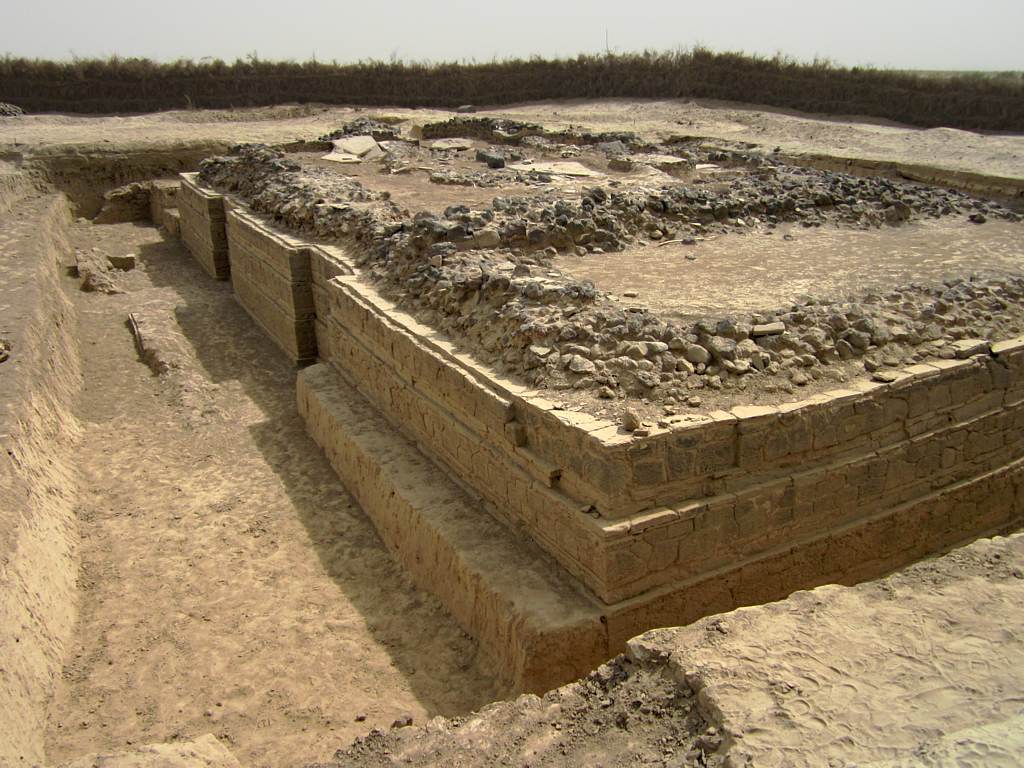
10. A Nation of Resilience and Hope
Despite facing numerous challenges, from political repression to economic hardships, the spirit of the Eritrean people remains unbroken. Communities continue to celebrate their cultural traditions, diaspora networks support development initiatives, and individuals strive for a better future. Stories of perseverance, like that of journalist Dawit Isaak, who has been imprisoned since 2001 for advocating democratic reforms, highlight the ongoing struggle for freedom and justice. Yet, they also exemplify the resilience and hope that define the Eritrean identity.
Eritrea’s narrative is one of contrasts: rich cultural heritage juxtaposed with political challenges, natural beauty alongside infrastructural limitations, and a populace that, despite adversity, continues to hope and strive for a brighter tomorrow. By understanding these facets, we gain a more comprehensive view of a nation often overlooked but profoundly significant in its own right.
Subscribe to our Newsletter
Stay updated with the latest trends in African Pop Culture!

